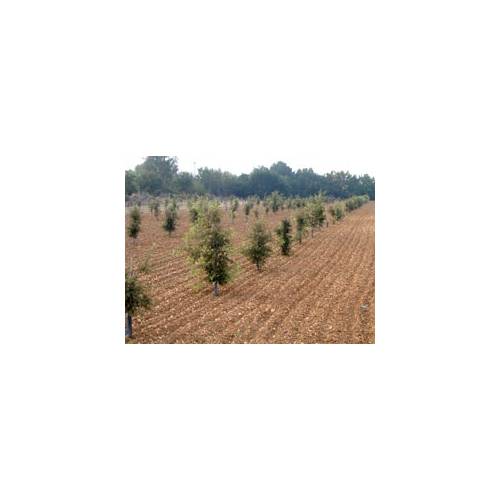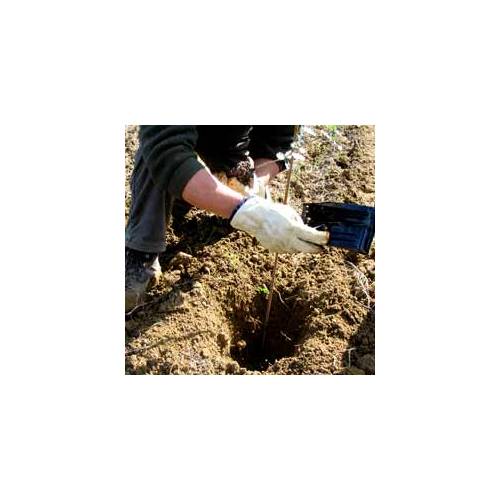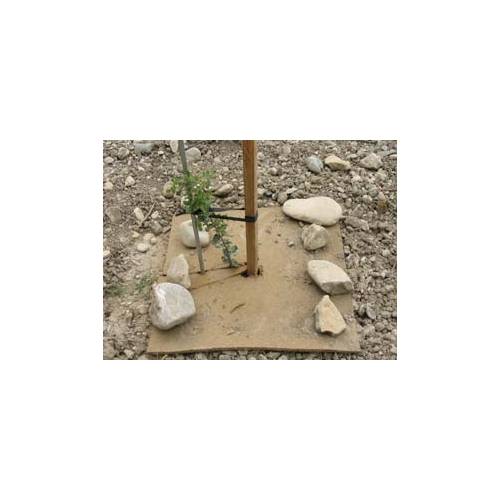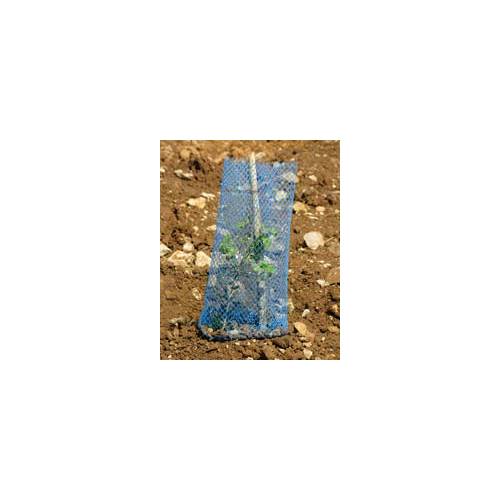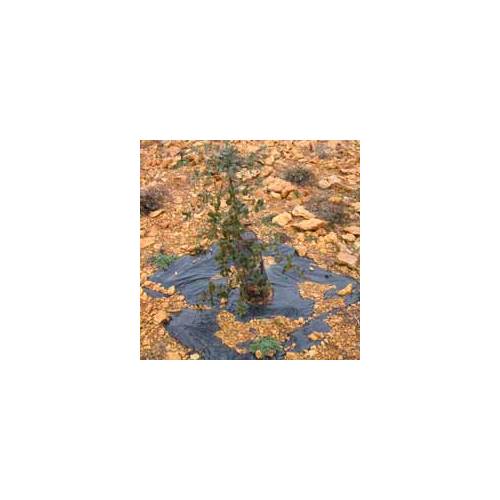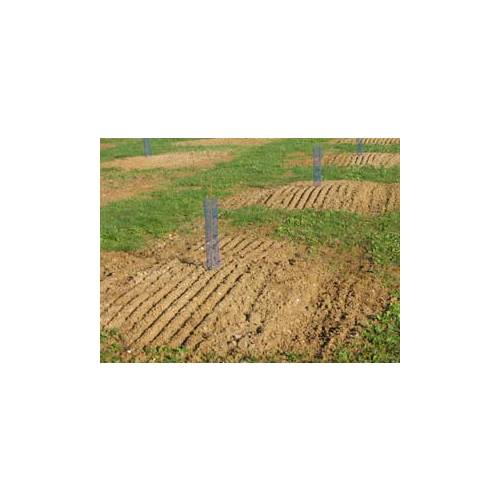
The truffle and it growing
Planting Truffle Trees
- Details
-
Planting truffle trees is no different from planting any other balled plant. However, there are a few extra factors to take into account to encourage the best development of the mycelium.
Soil preparation
If you want to plant just a few truffle trees, the classic soil preparation techniques will suffice.
If you are looking to create a large truffle producing area, then you will have to resort to using some farm machinery. The aim of the soil preparation is to improve drainage and thus promote the best rooting of the plants. The soil will need to be worked deeply whatever the case. The use of a soil ripper for breaking up the soil should be considered if the soil has not been worked for several years.
To increase the yield, certain chemical elements in the soil may need to be adjusted:
- pH of the soil: add crushed lime or dolomite if the soil lacks magnesium. Liming should only be undertaken if the soil contains a lot of organic matter, which the lime would break down.
- Organic matter and mineral content (level of carbon /nitrogen):
If C/N < 9 : add organic matter rich in carbon (such as maize husks).
If C/N > 12 : add ammonium nitrate, organic matter should not be dug in.
Attention, whatever the case, do not add compost or peat to the soil. You will end up making it more acidic and kill off the mycelium.
Planting truffle trees
The plants are started off in pots.
Keep them upright, preferably outside against a wall or hedge. Water them as required to keep the soil moist.
When you are ready to plant, water or soak them beforehand so that the pots can be removed easily.
Make the holes about 25 by 30cm in size.
Unpot the plants at the last moment:
- Carefully squeeze the pot taking care not to break up the root ball and damage the roots.
- Open the container by carefully undoing the top and bottom to free the root ball.
Carefully place the root ball at the bottom of the hole
Cover the root ball with earth so that it does not dry out. Do not firm the soil down; this will help the roots develop. It is best to have a slight mound of earth around the base of the plant so that rainwater does not accumulate, which could end up asphyxiating the roots. Water generously (3 to 5 litres per plant).
A mulch can be used around the base to control weeds. Avoid any mulch that may have been retreated with a fungicide. - Photos (8)


